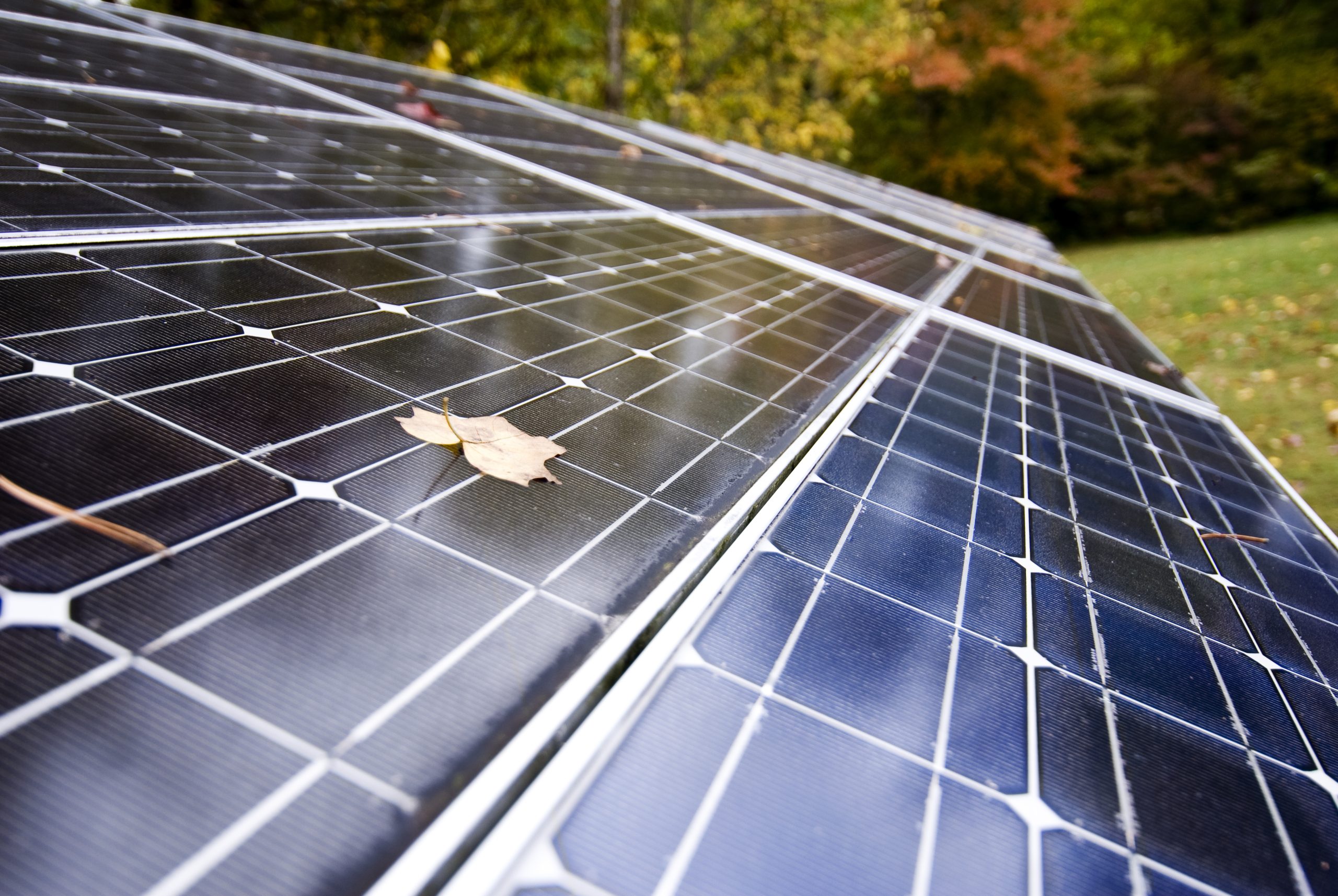The world is changing, and so are our homes. With the rise of renewable energy sources, more people are turning to solar power as a way to reduce their carbon footprint and save money on utility bills. In this article, we’ll explore everything you need to know about solar-powered homes, from the benefits of using solar energy in your home to how to install and maintain a solar system at home. Let’s dive right in!

Introduction to Solar Powered Homes
A solar-powered home is a residence that uses photovoltaic (PV) cells to convert sunlight into electricity for household use. These PV cells are typically mounted onto rooftops or other structures where they can get the most exposure to direct sunlight possible. Once the sun hits these cells, it creates an electrical current that can be used to power appliances, lights, and even heating systems within the home.
One of the biggest advantages of using solar energy in your home is its ability to generate clean energy without producing any greenhouse gas emissions. This means that by switching to solar power, you’re not only reducing your own carbon footprint but also contributing to a healthier planet overall. Additionally, because solar panels require little maintenance once installed, they offer a cost-effective solution for homeowners looking to lower their long-term energy costs.
Benefits of Using Solar Energy in Your Home
There are many reasons why homeowners choose to switch to solar power, including:
1. Lower Utility Bills – By generating your own electricity through solar power, you may significantly reduce your monthly utility bill. Depending on your location and energy consumption patterns, you could potentially eliminate your electricity bill altogether.
2. Reduced Carbon Footprint – As mentioned earlier, solar power generates clean energy with no greenhouse gas emissions. By making the switch to solar, you’re doing your part to help combat climate change.
3. Property Value – Homes equipped with solar panel systems often have higher property values than those without them. If you plan to sell your home in the future, installing a solar system could increase its resale value.
4. Tax Credit – Many countries provide tax credits for homeowners who invest in renewable energy solutions like solar power. Check with your local government to see if there are any available incentives in your area.
How to Install and Maintain a Solar System at Home
Installing a solar system at home requires careful planning and consideration. Here are some steps to follow when installing a solar system:
1. Conduct an Energy Audit – Before installing a solar system, it’s essential to determine how much energy your home consumes. An energy auditor can assess your home’s energy usage and recommend ways to improve efficiency.
2. Determine the Best Location for Solar Panels – To maximize sunlight exposure, solar panels should be placed in areas with minimal shading and maximum sunlight throughout the day. A professional installer can help identify the best placement for your panels.
3. Choose the Right Type of Solar Panels – There are several types of solar panels available, including monocrystalline, polycrystalline, thin film, and bifacial. Consult with a professional installer to determine which type of panel will work best for your needs.
4. Select the Appropriate Storage Solution – Depending on your energy consumption patterns, you may want to consider adding battery storage to your solar system. This allows you to store excess energy generated during the day for later use.
5. Hire a Professional Installer – While installation instructions can be found online, it’s highly recommended to hire a licensed and insured professional installer to ensure proper installation and safety standards.
Examples of Successful Solar-Powered Communities Around the World
As interest in solar power continues to grow around the globe, many communities are embracing renewable energy sources. Here are just a few examples of successful solar-powered communities:
1. Masdar City, Abu Dhabi – Located in the United Arab Emirates, Masdar City is a sustainable community designed to rely entirely on renewable energy sources, including solar power. The city features buildings with integrated solar facades and roofs, as well as a large-scale solar farm nearby.
2. Freiburg, Germany – Known as “the solar city,” Freiburg has been committed to using renewable energy since the 1970s. Today, over half of the city’s households have solar panels installed, and the city boasts numerous public buildings with integrated solar arrays.
3. Copenhagen, Denmark – Copenhagen has set ambitious goals to become carbon neutral by 2025, with plans to generate 80% of its energy from wind turbines and 20% from solar panels. The city has already installed thousands of solar panels on residential and commercial buildings across the city.
Conclusion
In conclusion, solar-powered homes represent the future of housing. Whether you’re interested in saving money on utilities, reducing your carbon footprint, or simply wanting to live off the grid, solar power offers a viable solution. From the benefits of using solar energy in your home to how to install and maintain a solar system at home, we hope this article provided all the information you need to make an informed decision about going solar.
Leave a Reply